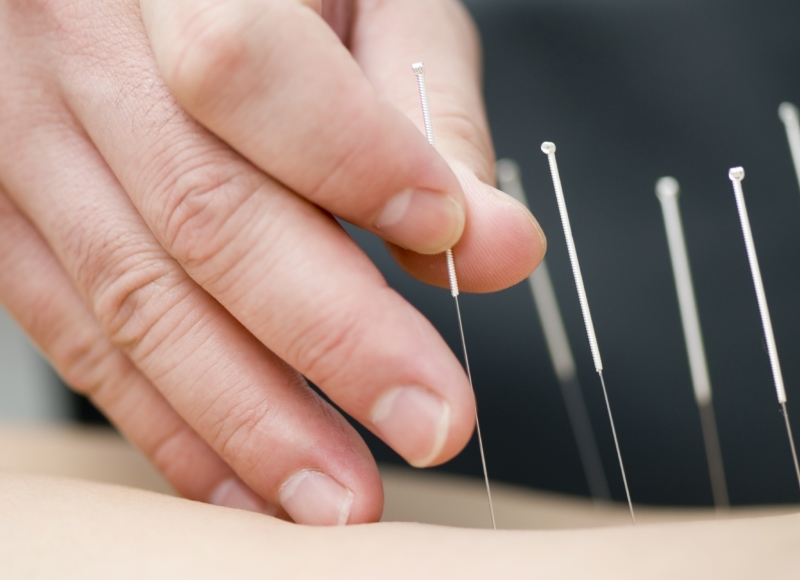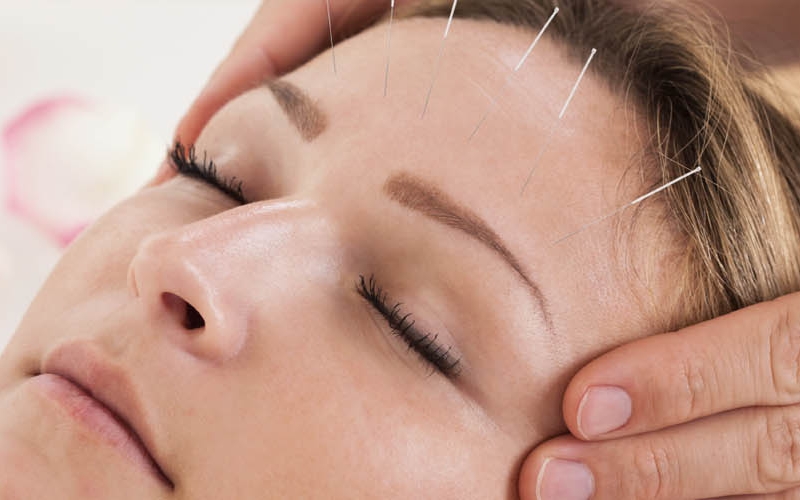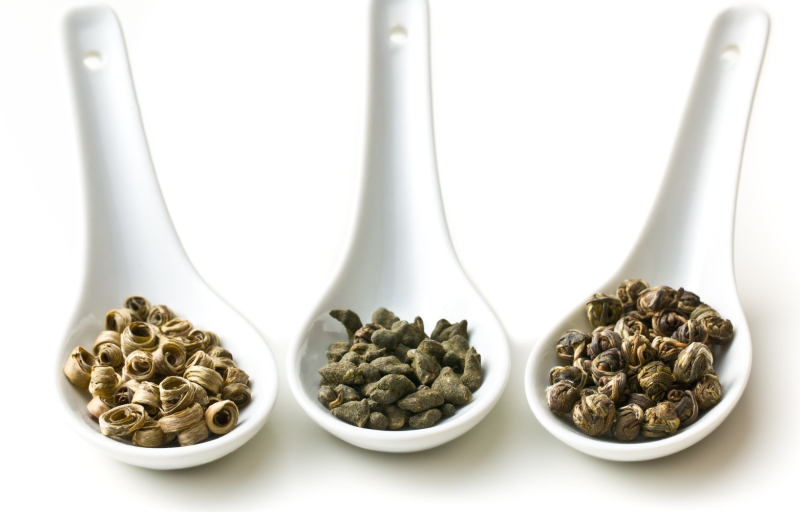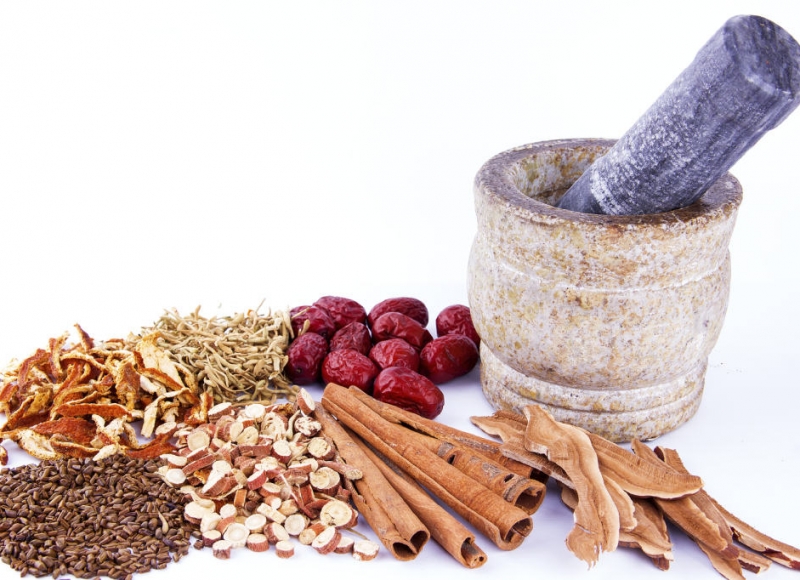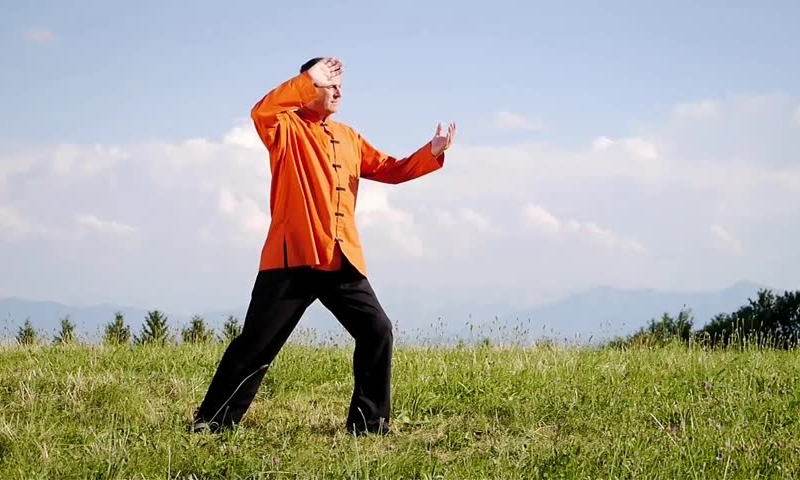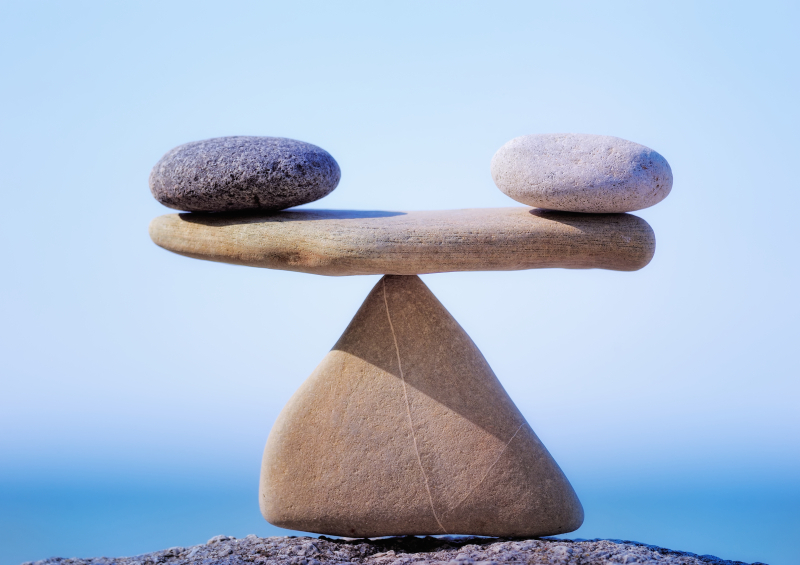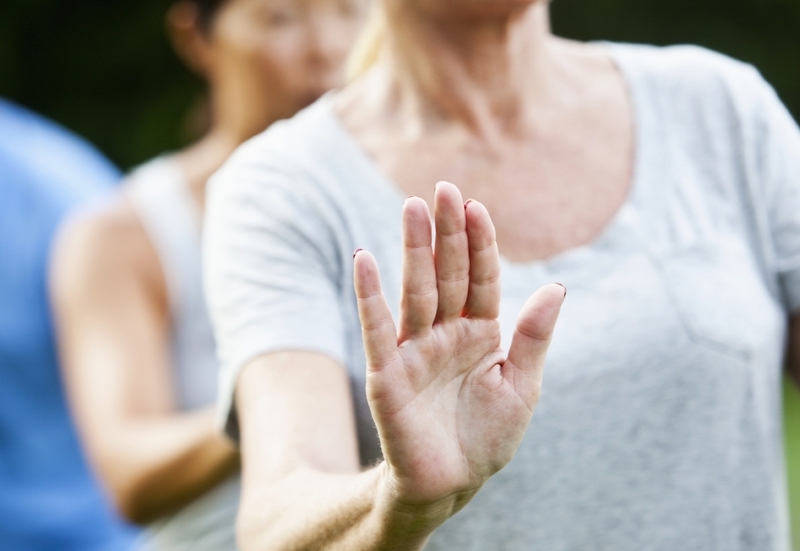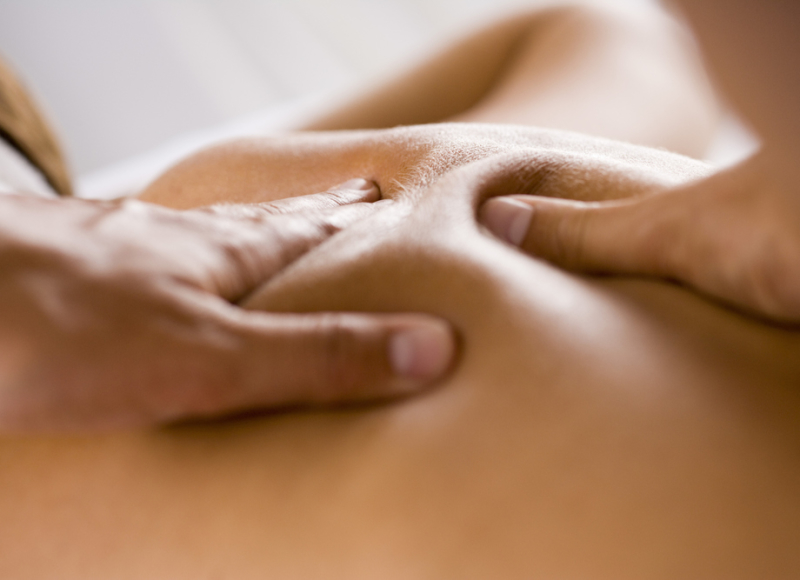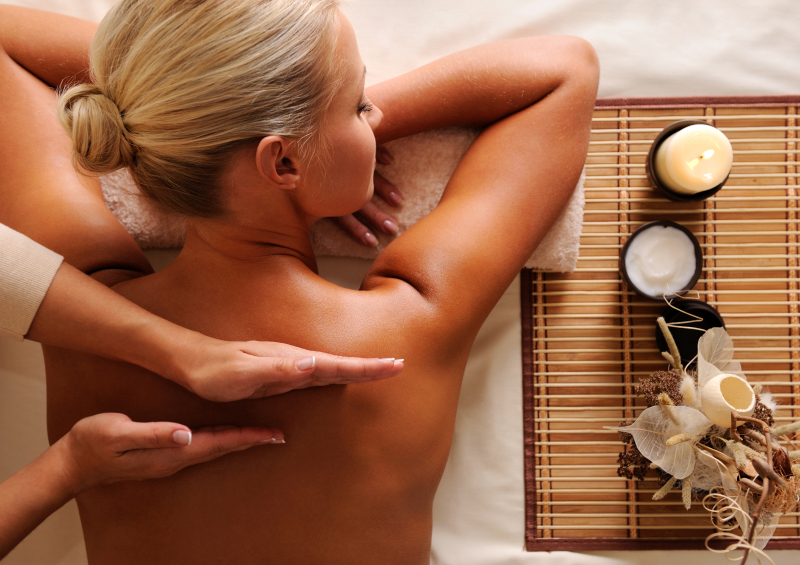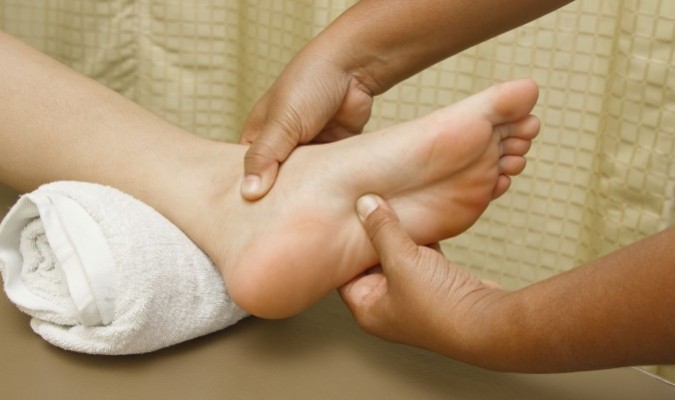Acupuncture
Acupuncture is defined as “puncturing with a sharp instrument”, but the original term in Chinese includes both “needling” and “moxibustion” (burning herbs usually mugwort to stimulate acupuncture points). It is an important component part of TCM for prevention and treatment of diseases. The theoretical basis of acupuncture is the premise that there are patterns of qi that flow through the pathways-meridians of the body, any potential disruptions of this qi flow are believed to be responsible for diseases. The acupuncture treatment can correct imbalances in the flow of qi by inserting a needle at identified acupuncture points. Other stimulating methods can also be applied at the acupuncture points to regulating the body’s qi, and help restore balance and harmony. The deqi (getting the qi or needling sensation) is a crucial factor in achieving acupuncture effects. It involves the feeling of “soreness, numbness, expansion, heaviness” by the patient; at the same time, the operator should feel heaviness and tightness around the needle. As stated in The Yellow Emperor’s Classic of Medicine: “the acupuncture effects can be achieved only when the deqi is achieved”. There exists many types of stimulating techniques which often produce different results. However, this crucial point has often been ignored in clinical research on acupuncture.
Moxibustion is used to treat and prevent diseases by applying ignited moxa at acupuncture points or certain parts of the human body. The material used in moxibustion is mainly Artemisia Vulagaris (mugwort) – a kind of herb called Ai (moxa) in Chinese. Generally speaking, moxibustion is applied in clod syndrome, deficient condition and chronic diseases. Moxibustion may be used in combination with acupuncture or separately to effect a treatment.


